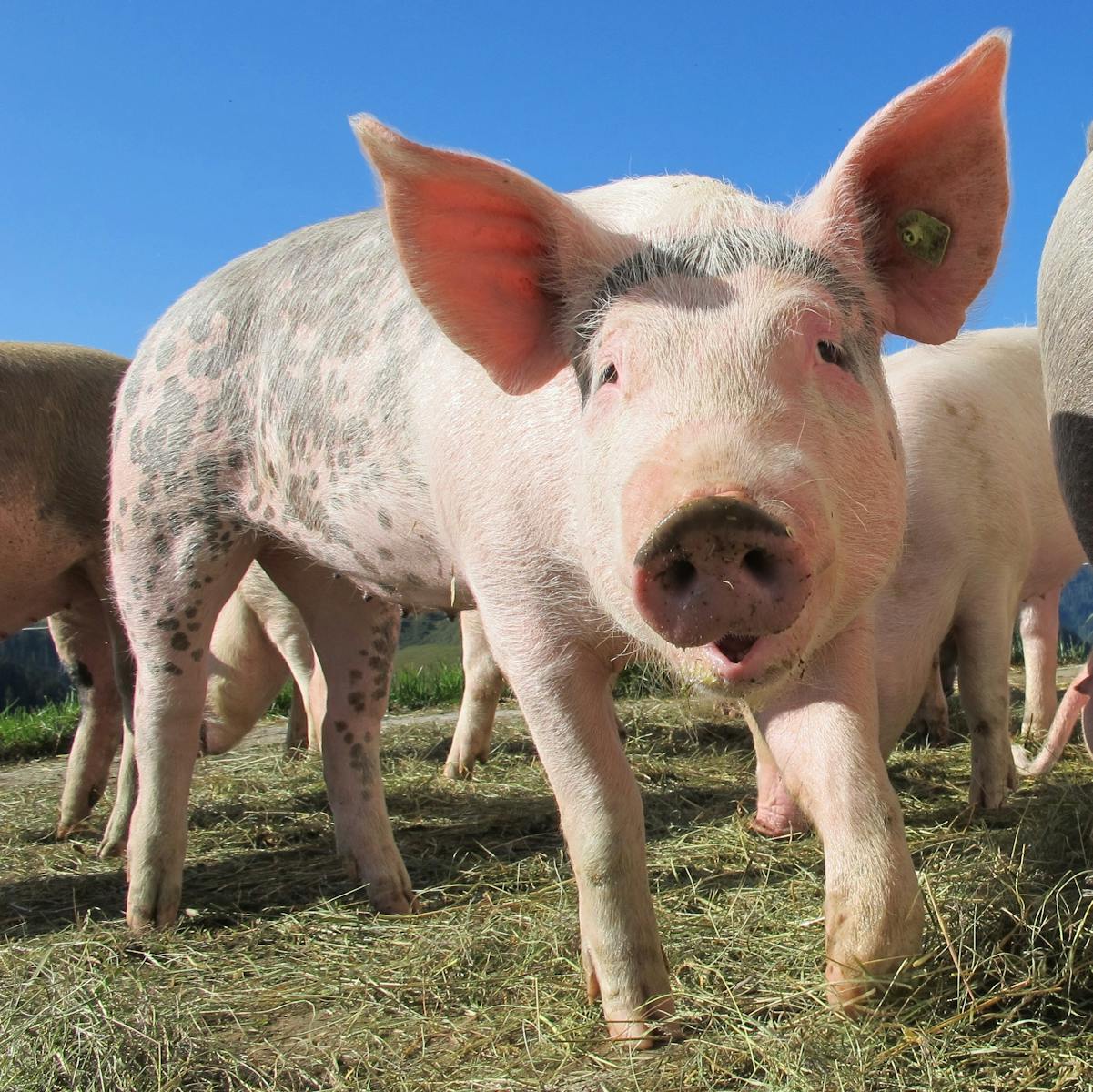Death, also known as Bubonic plague, is a deadly virus that was very common during the Middle Ages. The plague is known to be the deadliest virus to be known even more than COVID-19. The black death lasted for around 5 years, from 1347 to 1351, killing over 1/3 of Europe’s population. The Bubonic Plague was caused by a small bacteria named Yersinia Pestis. Yersinia Pestis typically infects small rodents, such as rats. In the Middle Ages, fleas would feed on rats getting themselves infected. Fleas would then feed on humans infecting humans with the plague. Fleas and Rats were very common in the Middle Ages, leading to a rapid spread of the plague. The plague was also very contagious, it could be spread through physical touch, the air, and even being in a facility that was previously used by someone infected.
Typical symptoms of the Bubonic Plague are
- fever
- headache
- chills
- weakness
- Dizziness
- Nausea
- vomiting
- diarrhea.
- painful lymph nodes
For some time doctors didn’t know how to treat this plague, so they usually used useless tactics or more harmful tactics. Some examples are bathing the patients in vinegar and herbs, bleeding the patients with leeches, and quarantining them. Doctors found out that the virus was contagious when they put an infected rat with a group of healthy mice and a few hours later all the test subjects were dead. Scientists and doctors have worked to create a solution for the plague, leading Alexandre Emile Jean Yersin to find a vaccine for the plague.
Some ways to prevent Bubonic plague are to remove
- rock piles
- junk
- cluttered firewood
- possible rodent food supplies
Reducing exposure to rats, squirrels and rodents in general will lower your chances of obtaining Bubonic plague.
RELATED STORIES:
- Plague,
- Plague – Symptoms and causes,
- Bubonic Plague
- Black Death
- Plague: Bubonic, Pneumonic, and Septicemic
TAKE ACTION















